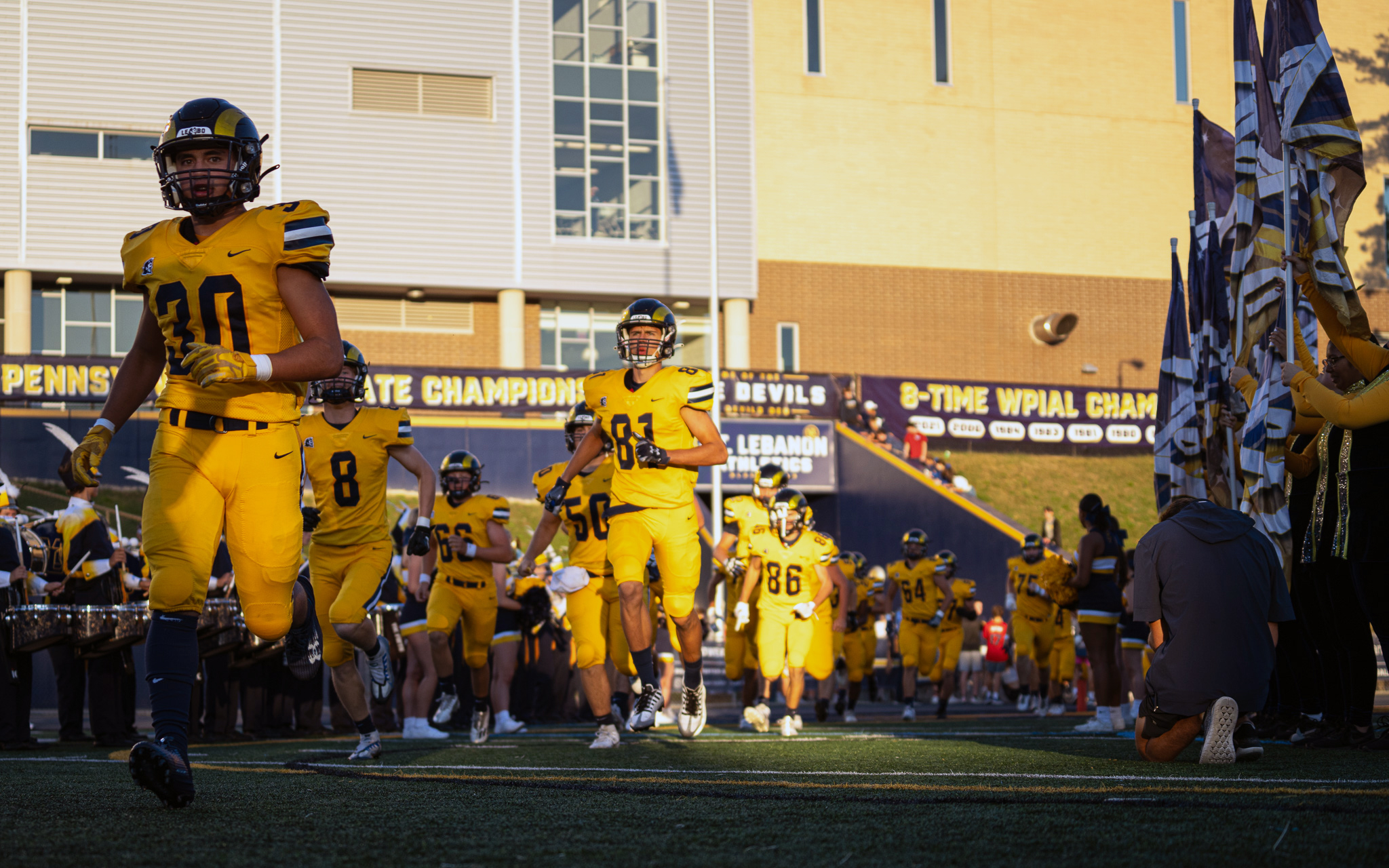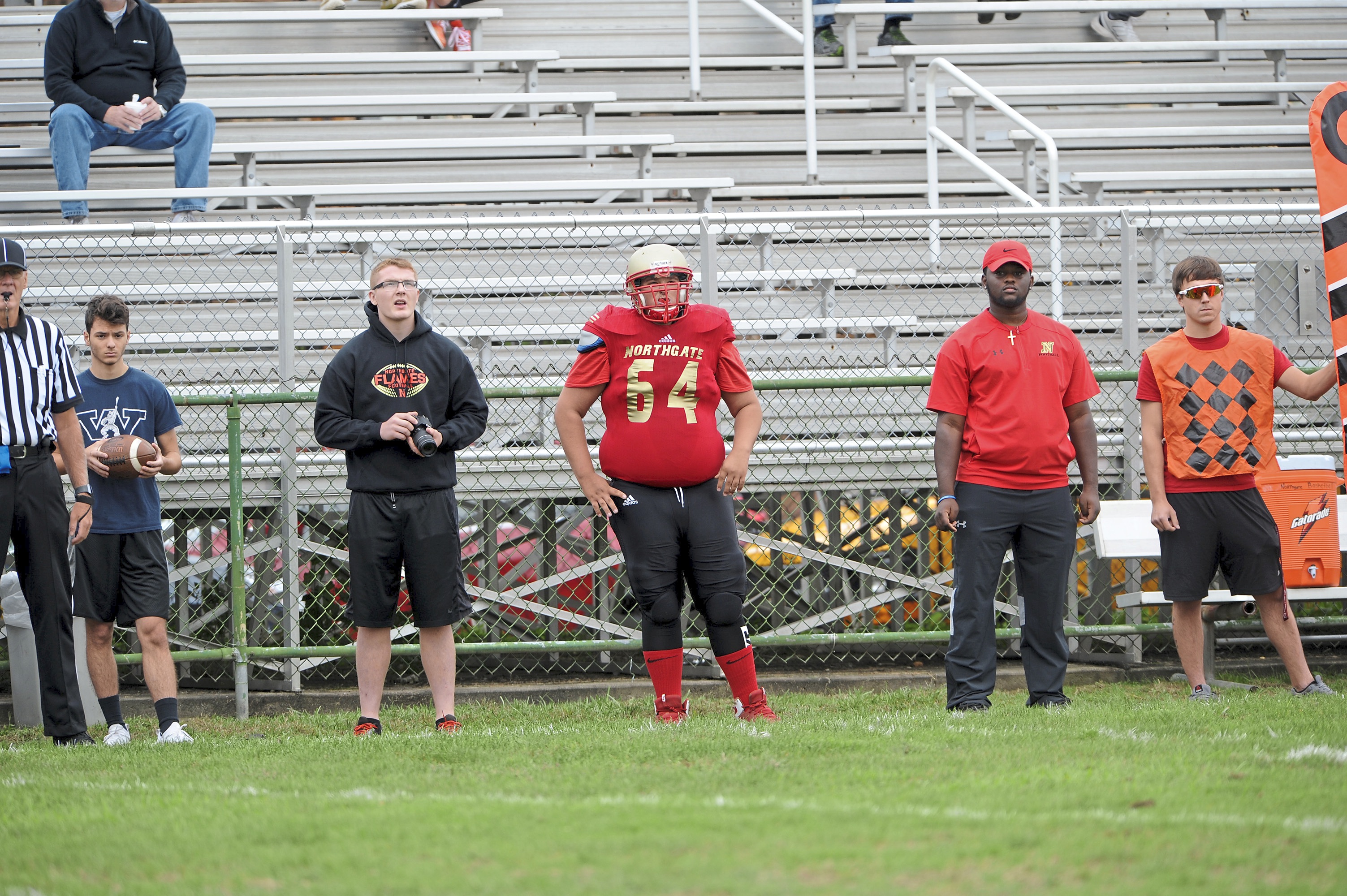
High school football participation rising
Participation numbers
Statistics back Garry’s notion. The National Federation of State High School Association does a participation survey every year for all high school sports around the country. It did not conduct the survey in the 2019-20 and 2020-21 school years because of COVID-19. But in 2022, a little more than 1 million boys played football. Although the 2022 season had 83,542 fewer boy players in the country than 2008, last year’s total was an increase of 54,969 (5.6%) from 2021. It was the first increase in football participation since 2013 and only the second increase since the all-time high of 1,112,303 in 2008-09.
In Pennsylvania, 24,975 boys played high school football in 2022. Although that was 45 fewer players than the 2021 season, that’s the smallest decrease in the state since the 2008 season.
A survey of some random WPIAL coaches and athletic directors and an examination of rosters of bigger schools in the WPIAL this year shows some teams have indeed bottomed out in the shrinking roster category, compared to 10 and 20 years ago. But some teams, at large and small schools, show a fairly significant increase in player participation.
At Mt. Lebanon, the school had to cancel a few junior varsity football games 10 years ago because of a lack of players. Back in 2013, Mt. Lebanon had only 58 players on its roster. This year, under first-year coach Mike Collodi, Mt. Lebanon has 76.
“Frankly, I think we saw an uptick of players when Bobby Palko got here as coach [in 2019] just because he was Bobby,” Mt. Lebanon athletic director John Grogan said of the man who won nine WPIAL titles before he retired after last season. “But even now with Mike here, our numbers are really strong. We have 50 eighth-graders and 40-some seventh-graders playing [on middle school teams]. That’s a lot.”
It should be pointed out that some of the roster numbers this season compared to 10 or 20 years ago are skewed somewhat because some teams didn’t include freshmen on their rosters. Many schools now include ninth-graders on a roster because they don’t have a ninth-grade team.
But here are some other examples of increased participation in the WPIAL:
• When Jim Ryan took over as Shaler’s coach in 2016, he had fewer than 40 players at one point that season. This from a team that was playing in the largest classification back then. Shaler has 67 players this season.
• At one point in the season five years ago, Northgate played a game with 12 players. The Flames, who play in Class 1A team under second-year coach Chris Lucas, now have 35 players on the team.
• Connellsville, a Class 4A school, was struggling with a small roster for a few years, sometimes having in the high 30s or 40s. This year, the Falcons have 72 players.
• Canon-McMillan had 60 players, including 14 ninth-graders, on the 2013 team. This season, the Big Macs have 74, including only nine ninth-graders.
• Upper St. Clair had only 55 players in 2013, one of its smallest rosters in years. This year, Upper St. Clair has 64.
• Peters Township had 53 players in 2013. This year, the team has 84, although 21 are ninth-graders.
• A number of coaches reported their numbers this year and last year are up at the middle school and even youth league levels.
• Also, although the number of girls playing football on boys teams is not statistically significant, girls participation did increase by 18% last season with 3,654 girls playing across the country.
The reasons
The obvious question is why the increase in player participation the past two years? Coaches and athletic directors give a few reasons — from coaches, to winning, to simply it being a cyclical thing.
“[Former coach] Mike Fulmore was trying to turn this thing around a couple years ago and I think he did a good job of that,” Northgate’s Lucas said. “We had a long losing streak a few years ago and when we broke that streak and got a couple wins, that helped. But what we’ve tried to do is recruit kids and do more with them than just on the field. Like the last day of heat acclimation practices this year, we took the team paintballing. We’ve had team cookouts. That maybe gives kids a reason to want to be part of this.”
Shaler’s Ryan said, “We’ve won more lately and that’s a big part of it. You can’t argue that success is going to add numbers. That’s as true as it comes. But I think it’s a cyclical thing, too. Generations kind of cycle through. Sometimes, you get athletic-minded groups of parents who want their kids to participate and their kids bring along their friends. But one thing I’ve noticed is the increase in our youth football league also. We have a 10-and-under team and they’re completely full.”
Connellsville athletic director Rich Evans said, “Things are definitely trending in the right direction. This is definitely the most kids we’ve had in many years. What’s kind of unique for us is we hired three co-head coaches last year [Jace McClean, Mick Lilley and Chad Lembo] and they’ve done a great job of recruiting kids and our kids like being around those guys. That helps. Plus, we’ve had some success.”
But there is one thing that a number of coaches and some athletic directors believe has played a part in increased participation. Ten years ago, a Post-Gazette story said how many coaches believed fear of concussions was keeping many kids away from football. Parents weren’t permitting their sons to play because of concussion fears. Now, many coaches believe those fears have subsided some — and it has brought some kids back to football, at all ages.
“I don’t think the worry is gone,” Lucas said. “I have a son who plays hockey and there are worries about concussions there, too. But there is a lot more awareness now and I think parents are a lot more comfortable because of that. If a concussion does happen, there is a lot more in place to take care of it.”
Guardian caps go over helmets to provide more protection to the head.
“I think there’s more understanding of concussions and trusting of coaches and that helps,” Ryan said. “Parents are knowing there isn’t just going to be old school smashing of heads at practice anymore.”
Mt. Lebanon’s Grogan said, “I think it’s a tribute to the great job to the training services most schools now employ, like UPMC or AHN. There has been a lot of great education of not only what a concussion is, but what to look for, and parents are realizing people are looking at the concussion thing more closely.”
Mike White: mwhite@post-gazette.com and Twitter @mwhiteburgh

